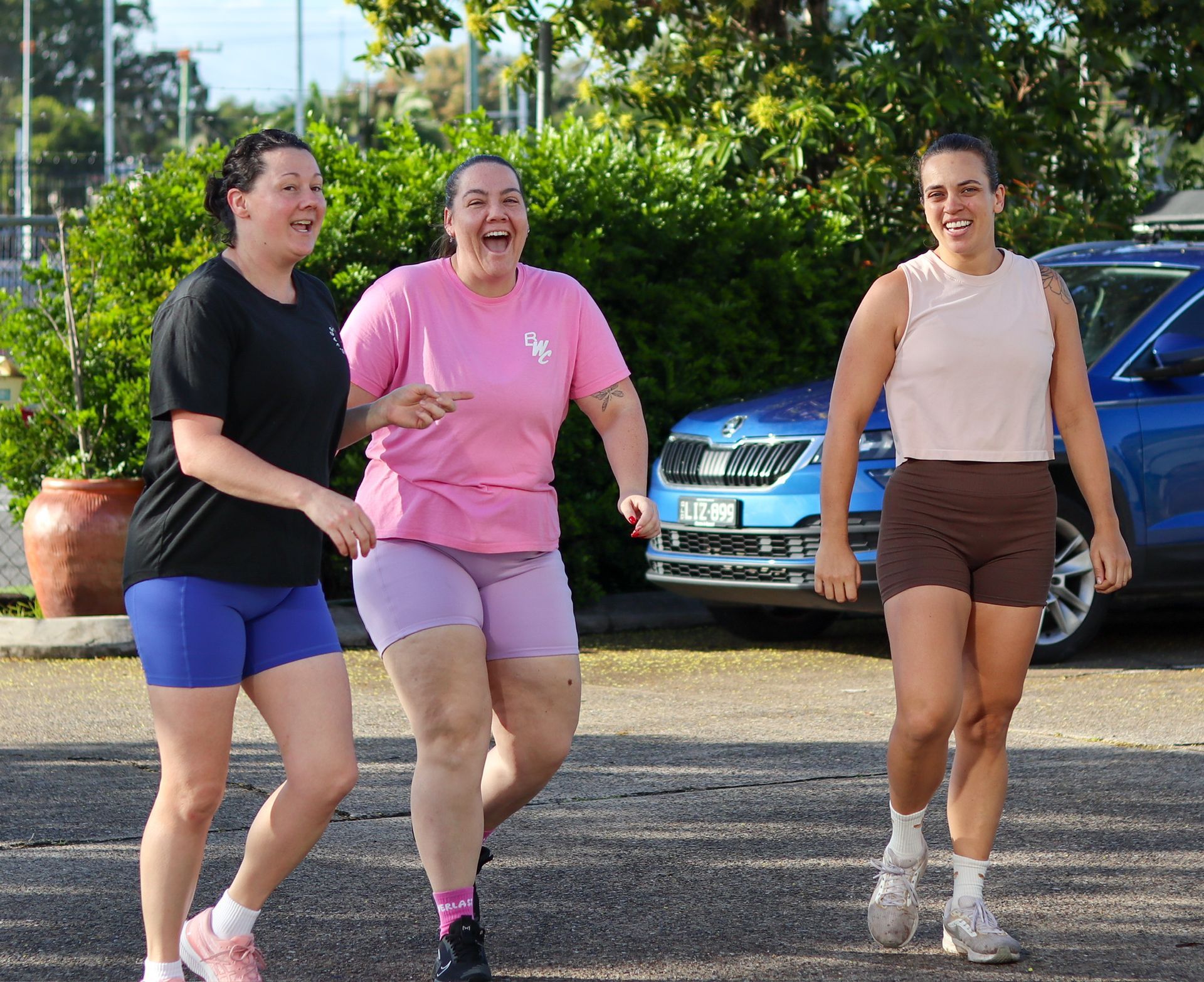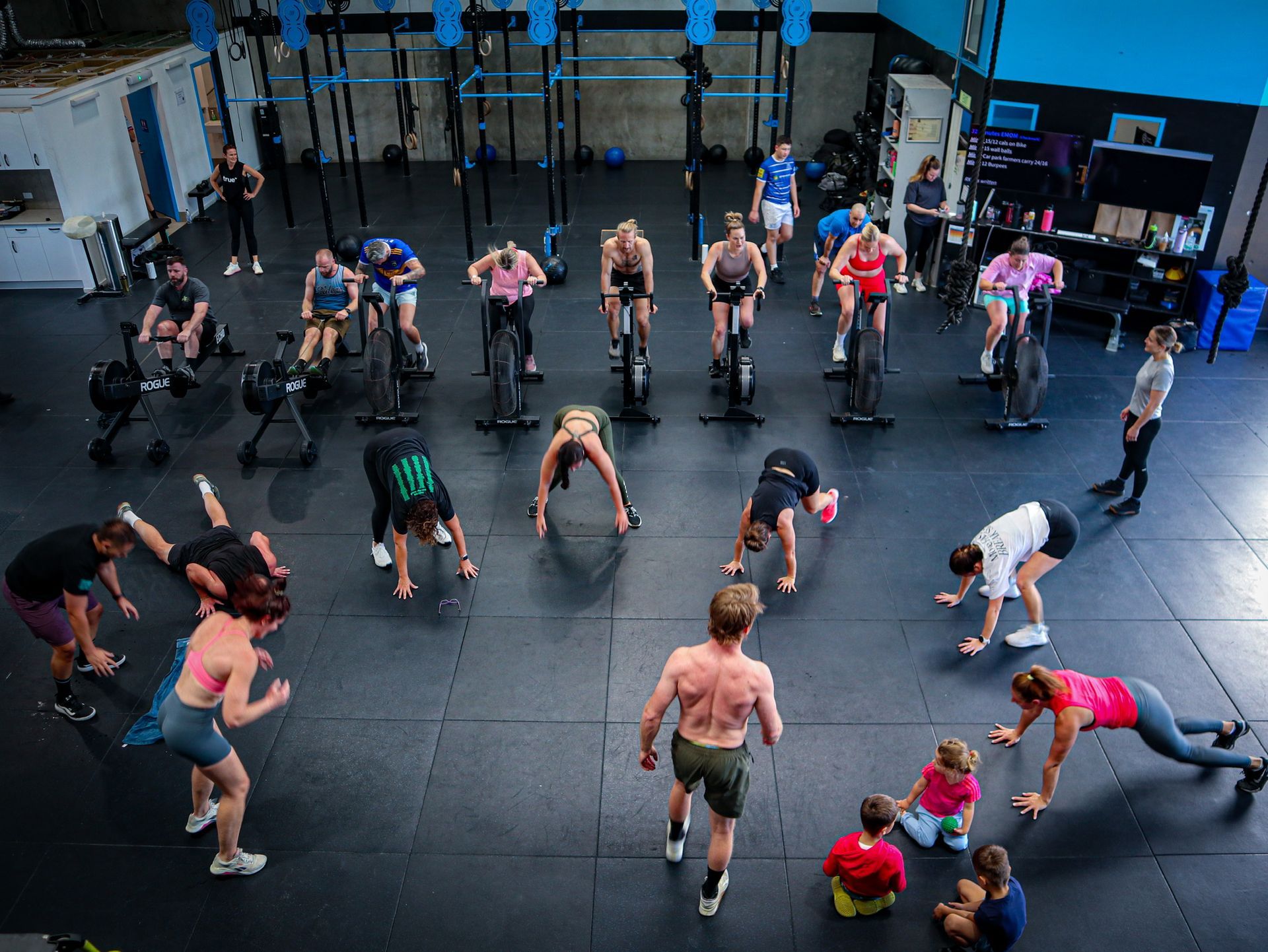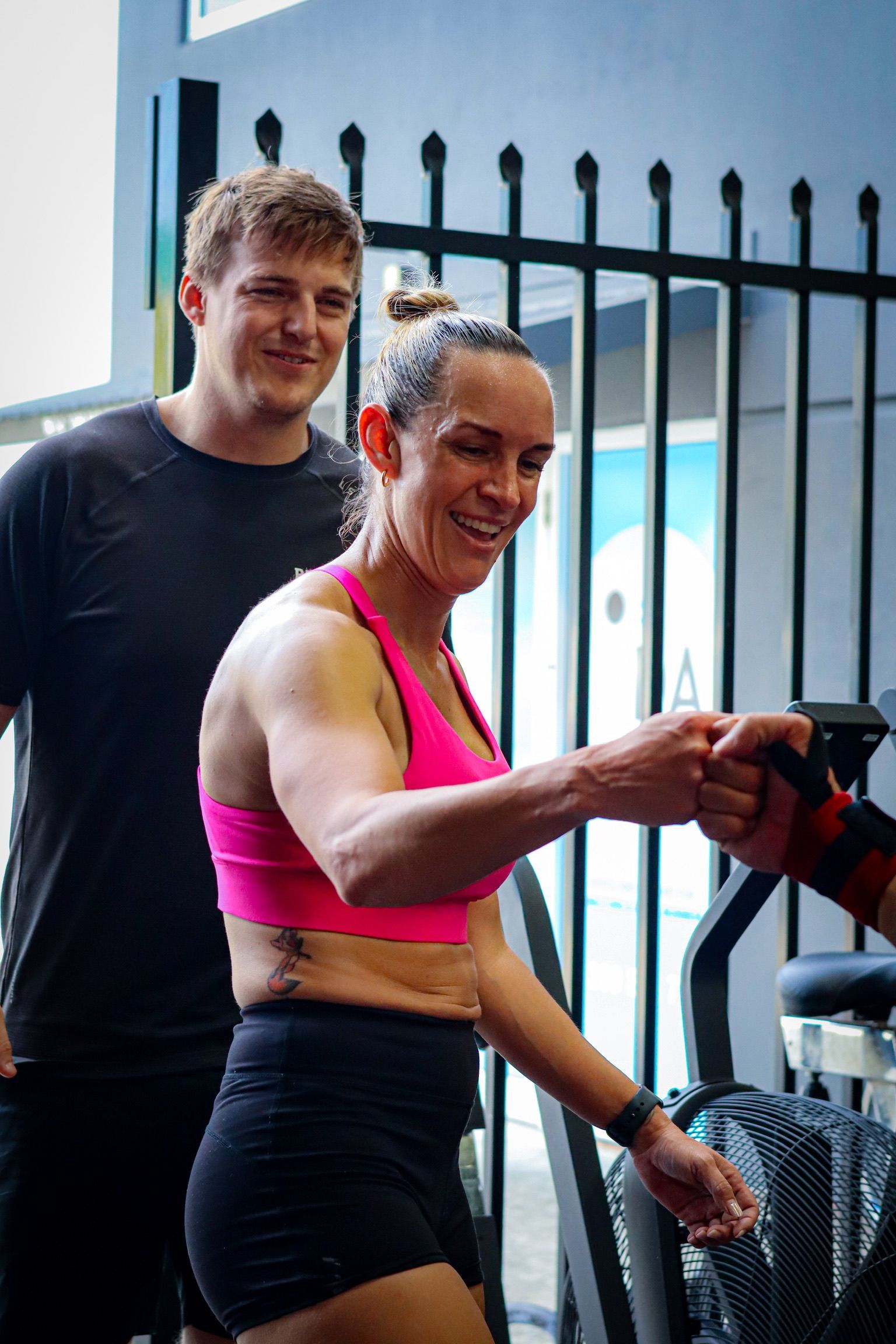Gridiron Champion And 21-Time Australian MVP: This Is Kristy Moran’s Story
A 21-time Australian MVP, International Player of the Year in 2017, a National League MVP, a former player for the first-team All-American, and is an ex-Chicago Force player – Kristy Moran is nowhere near stopping. Episode 49 of the Health and Fitness Podcast features Kristy Moran, and we discuss all things sports and how she’s become who she is today. Journey of getting into sportsBeing an army brat, Moran moved across Australia a fair bit, and being the shy kid that she was – credits her ease in settling into new schools among new people, to sports. Generally, people tend to accept you sooner, and open up to the idea of someone new entering their space when they notice a shared interest in something and little Kristy tool advantage of just that!“Sports is a great way to make friends when you’re a kid. It was one of the things that helped me establish myself every time I moved. So, at school, I did netball and little athletics.”While her mum wanted her to train to become a ballet dancer, her instructor, on the other hand, knew she was built for something else entirely. With this push, Moran now added gymnastics to the existing list of sports she’d been training for. Though at school in Canberra, she had picked netball as the sole sport she’d train for, eventually, she decided to drop it once she moved back to Brisbane.“When I came back to Brisbane, netball wasn’t really that big, not in my school at least. So, I went over to track and field. I found one event boring and so I started doing heptathlons; which are the seven events; high jump, long jump, javelin, shot put, 100 hurdles, 200 and 800.”Being involved in sports teaches lots of lessons, many of which have very little to do with sports itself. In the podcast, Kristy shares the things training for heptathlons taught her. “Heptathlon really instilled in me a work ethic that was beyond other people. I’d have to train for three events in an evening so I’d get there an hour before, do a field event, then everyone would come down and do their track work and I’d be there an hour after too – all this while I was in high school.”Her shift from heptathlon, which she did from the age of 14 to 18, to touch football came about when she was left for university, which she then went on to play for almost a decade. Fast forward to a couple of years, at the age of 32, Moran started playing Gridiron.“So, someone I knew was trying to come up with a gridiron team for women and told me ‘You should come to play gridiron ‘and I looked at her like she was insane and said that there is no way that I can play that game. She was badgering me, and I was saying ‘not, absolutely not'. Then I went to watch her play, to support her and that was absolutely amazing. What they were doing was just spectacular.”“I started off as the wide receiver, then went on to play running back. I didn’t know any of the rules, in the beginning, had whiplash for two weeks and was bruised all over but I still loved the game.”Moving to AmericaMoran played gridiron for five years in Australia, and among the first ones to lay the sports’ foundation, she along with her teammates had the privilege of experiencing a lot of firsts. “Immediately after us, a team in New South Wales was set, then Victoria, Western Australia, a league in Canberra too. We won our first national championship, and formed a Queensland team, and then went on to form an Australian team.”Now, what went from a small gridiron team in just Brisbane, took over and became national – requiring the best of the best in terms of training and coaches. Coaches were called from The States, where football was a massive sport, to train the women’s national team in Australia. This is also when Kristy would find her next big opportunity:“We had coaches from the US come in to train us and one of them asked if I wanted to play in his team in Chicago. It was a hard decision to make because I'd already established myself here as an emerging player in Queensland. It was a big step for me, I didn’t even know if I’d last the training and I even considered not telling anyone about this offer. I went there and I guess I just didn’t limit myself, gave it my best, and had a great season,” says Moran.Women in sportsHowever, just because America is known globally for football, and because the sport is so popular in the country itself, doesn’t take away from the fact that gender discrimination within the sport exists even today.“Sure, the sport and people’s football IQ is huge. But you'd be surprised considering how big football is over there, women’s football struggles to get enough airtime. The women over there have some of the same challenges we have here - they have better equipment, better staffing, but in terms of opportunities, it’s still a lot lower than men.Emotions of guilt, limiting oneself, and not feeling good enough are fairly common, especially among women. Those involved in sports are constantly made to feel as if they aren’t good enough or aren’t made for a certain level of sport; a perception that must be put to rest. Kristy says, “That sense of limiting - it happens more to females than males. I once had a coach ask me, in the most caring way possible; ‘Kristy what are you afraid of? Why do you train so hard?’ and I asked him why this had to stem from fear - I’m training hard because I want to be the best, he said, ‘well you are the best in the league' and I told him I was the best in the league, but we were going over to play for Australia.“Now that I’m older, I learned to not limit myself. Not like I haven’t lost confidence ever. When I went to America, I wasn’t sure, I didn’t know what would happen nor did I know if id set the bar too high. I tell my team that the reason I’m so tough on women in sports is because I see these women come in and limit themselves. They’ll say, ‘oh no I can’t do that', yeah you can give it a go. It's all about that push, even for myself. If I had settled being the best in Queensland, I wouldn’t make the Australian team, if I had settled with being the best in Australia, I wouldn’t go to America and wouldn’t have known that I could do it,” Moran adds.Jackie Joyner-Kersee, ex-American track and field once said:'The only person who can stop you from reaching your goals is you.'And this fits far too well with Kristy’s life story, and with everything she believes in. From being heavily involved in sports to working hard on herself to be the best at what she does, to then motivating others and pushing them to become the best version of themselves – Kristy showed resilience and passion like no other!
Previous Blogs




